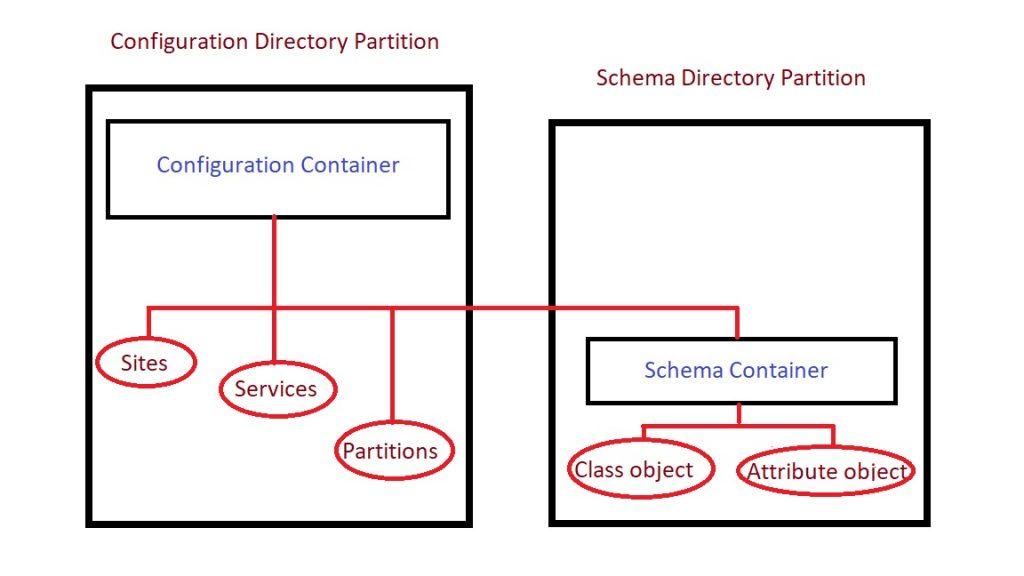What is active Directory Schema and how we can protect it from unauthorized changes
Hello all,
Hope this post finds you in good health and spirit.
This post is about Active Directory Schema and how we can prevent the unauthorized changes from Schema master.
What is active Directory Schema and how we can protect it from unauthorized changes
The Microsoft Active Directory schema contains formal definitions of every object class that can be created in an Active Directory forest. The schema also contains formal definitions of every attribute that can exist in an Active Directory object.This section provides the reference for each schema object and provides a brief explanation of the attributes, classes, and other objects that make up the Active Directory schema.The schema thus defines the content, and the structure of the object classes and the object attributes used to create an object.While creating a new object, the AD references the classes defined in the schema and utilizes the retrieved information to create the object.
Active Directory Schema Structure
The object of the schema partition can be referenced using the distinguished name cn=schema, cn=configuration, dc=ForestRootDomain. The domain controllers, however, physically store these different partitions in the same database table called Ntds.dit.
The figure below shows the distinction between the physical and the logical location of the schema.The schema and the schema objects are physically located in the schema partition. However, the logical location of the schema container is under the configuration container. The contents of the schema container can be viewed using the AD schema MMC snap-in or ADSI Edit.

How we can protect the Schema master from unauthorized changes.
- Schema master should be in separate AD site.
- Only members of Schema Admins group can modify the schema.
- Add the SchemaUpdateAllowed registry to avoid unauthorized schema changes .
- Membership to the schema admin must be limited and do not allow anyone to be member of schema admin group until unless there is any change planned.
- Schema should only modified by trained schema professionals or L3 resource.
- Avoid to implement the schema changes by normal account.
- There should be -E account for Schema changes and monitoring should be placed.
- -E account should be vaulted and its password should be valid for some time -e g 1 hours or 2 hours.
- Disable the outbound replication before start the schema changes
- Enable outbound replication once changes verified and everything expected working fine to avoid any corruption the AD forest
- -E account should be added in admincount attribute.
- Unauthorized modification of the schema could unintentionally expose data or corruption the AD forest.
- High Privileged accounts should be in different containers and must be limited access on these containers.
- Whenever any schema changes happened, alert should be triggered to CDT and AD team DL.
- These changes should be go through AD technical advisory broad so analysis should be done before doing these changes.
- Change should be raised as P1 and very critical
- Changes should be implemented after SOPT testing.
Thus schema is a very important component of AD and its understanding is vital for technicians who use AD. It helps in standardization of data storage in AD and thereby ensures data integrity during various data handling operations of AD.Schema extension is not something that one would perform often. However, it must be done carefully after great amount of planning as schema extensions are permanent.The only way to rollback a schema extension is by restoring the backup of the old schema.
Therefore, the decision on who has access to schema must be made very judiciously.
So, that’s all in this blog. I will meet you soon with next stuff .Have a nice day !!!
Recommended content
How to Check the Active Directory Database Integrity
Disabling and Enabling the Outbound Replication
DFS Replication Service Stopped Replication
What is Strict Replication Consistency
The replication operation failed because of a schema mismatch between the servers involved
Troubleshooting ad replication error 8418 the replication operation failed because of a schema mismatch between the servers
How to export replication information in txt file
Repadmin Replsummary
Enabling the outbound replication
Disabling and enabling replication on schema master domain controller
How to enable strict replication consistency
How to prevent lingering objects replication in active directory
AD replication process overview
How to force active directory replication
Change notification in replication process
How to check replication partner for a specific domain controller
dcdiag test replications
Guys please don’t forget to like and share the post. You can also share the feedback on below windows techno email id.
If you have any questions feel free to contact us on admin@windowstechno.com also follow us on facebook@windowstechno to get updates about new blog posts.
